Search

Weed Control: Pulse Crops
Weed competition can cause significant yield reduction in pulse crops. Pulse crops are weak competitors with weeds, therefore planning an effective weed control program is one of the keys to profitable production.

Production and Utilization of Field Peas in South Dakota
Guide to field pea production and utilization in South Dakota

Nitrogen Credit: The Rest of the Story
We have all been programmed to think of soybean as fixing nitrogen from the atmosphere and adding nitrogen to the soil. The SDSU lab and most other labs give nitrogen “credit” when another crop follows soybeans.
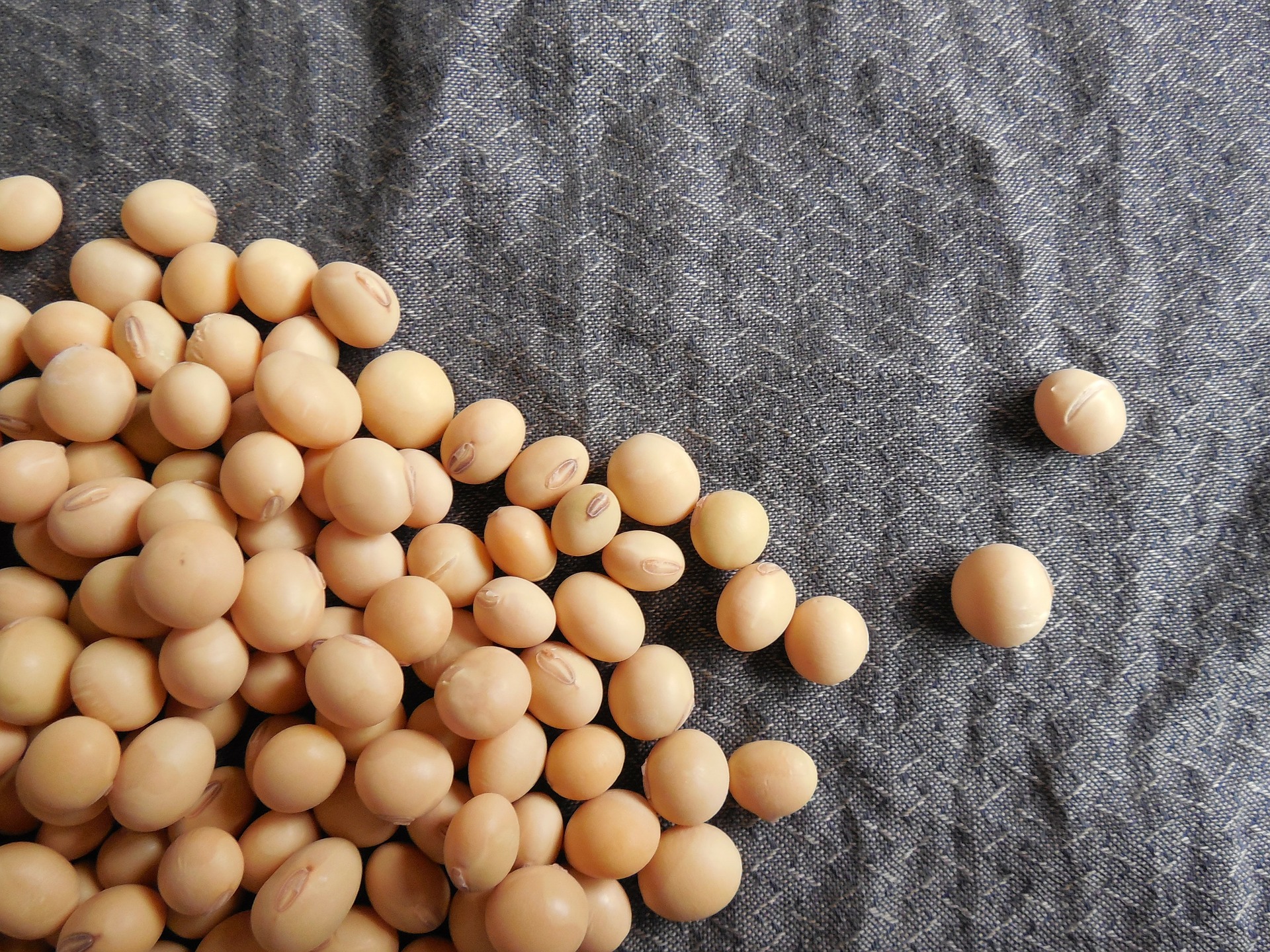
Glyphosate Resistance in Soybeans
Many weeds have developed glyphosate resistance in the past few years. Many producers who use Roundup Ready soybeans have a temptation to rely on glyphosate products to control post-emergent weeds, causing them to potentially become resistant to the chemical. If producers are unable to gain control over the weed, then weed competition will cause a significant yield loss.
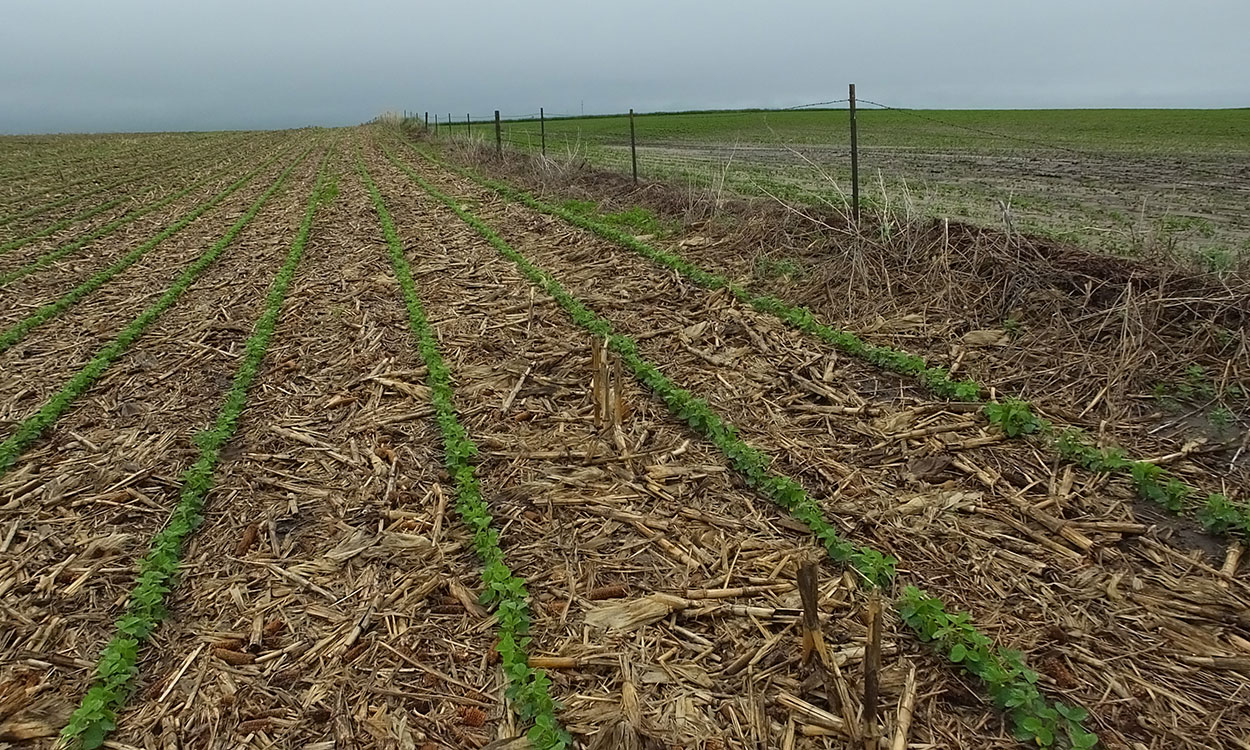
Economics of Different Crop Rotation Systems in South Dakota
Economic returns are an important factor to consider when selecting crop rotation systems.
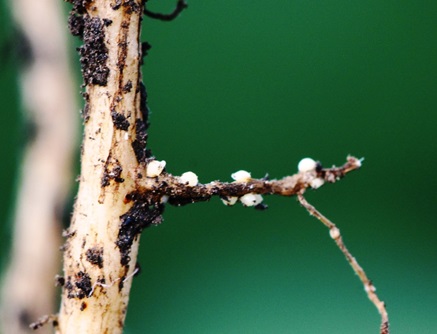
Scout and Soil Test for the Soybean Cyst Nematode
Soybean cyst nematode (SCN) is the main soybean production constraint in South Dakota. Soybean plants can be infested with SCN but may not display visible symptoms.
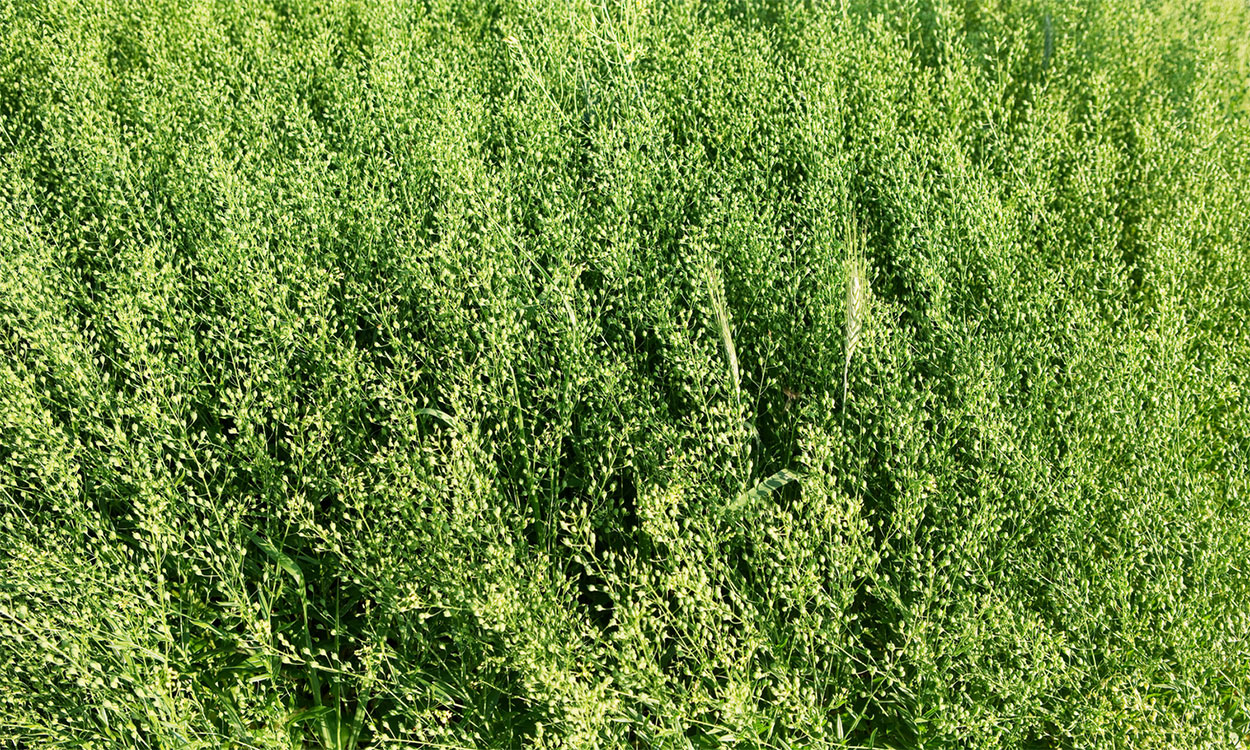
Spring and Winter Camelina in South Dakota
In the semi-arid, western portion of South Dakota, camelina has potential value as a fall-seeded cover crop, providing flexibility in crop rotations for improving soil health.

Five Range Management Principles: #3 Ecosystem Biodiversity
Milkweed can help make rangelands a better environment for both cattle and neighboring plants and animals by having a shielding effect on companion plants, preventing erosion and accelerating the decomposition process, whole also providing nectar, habitat and organic material for ecosystem services.
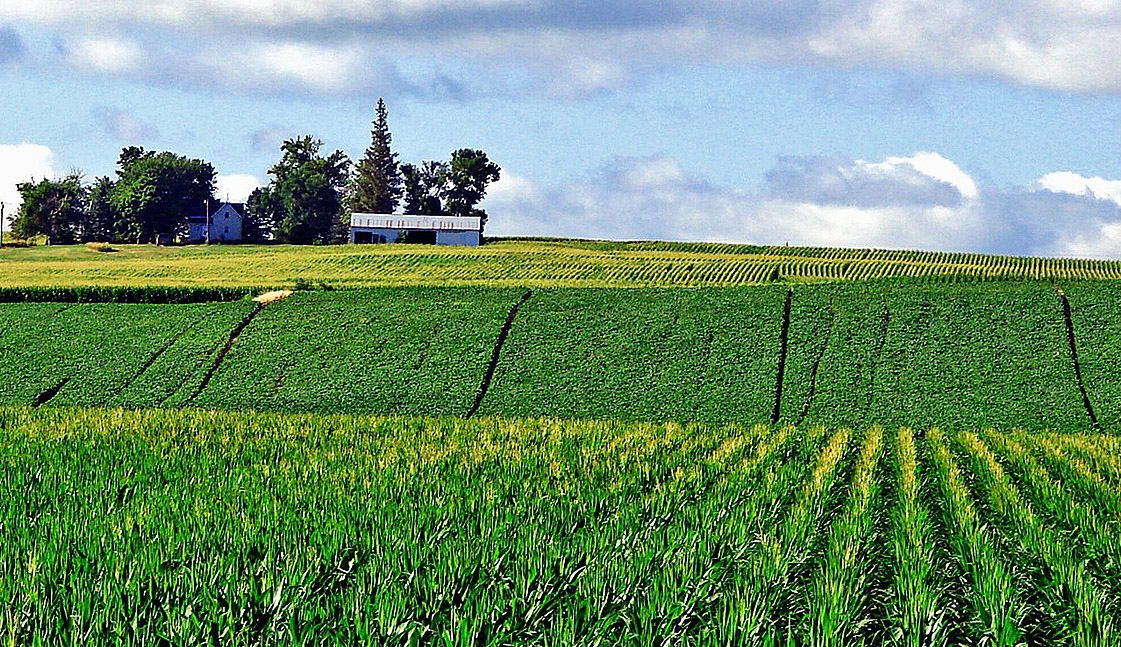
Fall Cover Crops Boost Soil Arbuscular Mycorrhizal Fungi Which Can Lead To Reduced Inputs
Fall cover crops provide multiple benefits to producers. These benefits include pathogen and pest protection, drought protection, weed control, reduced soil erosion, nutrient acquisition and retention, increased soil organic matter, and conservation of soil water by improvement of soil structure that increases infiltration and water holding capacity.
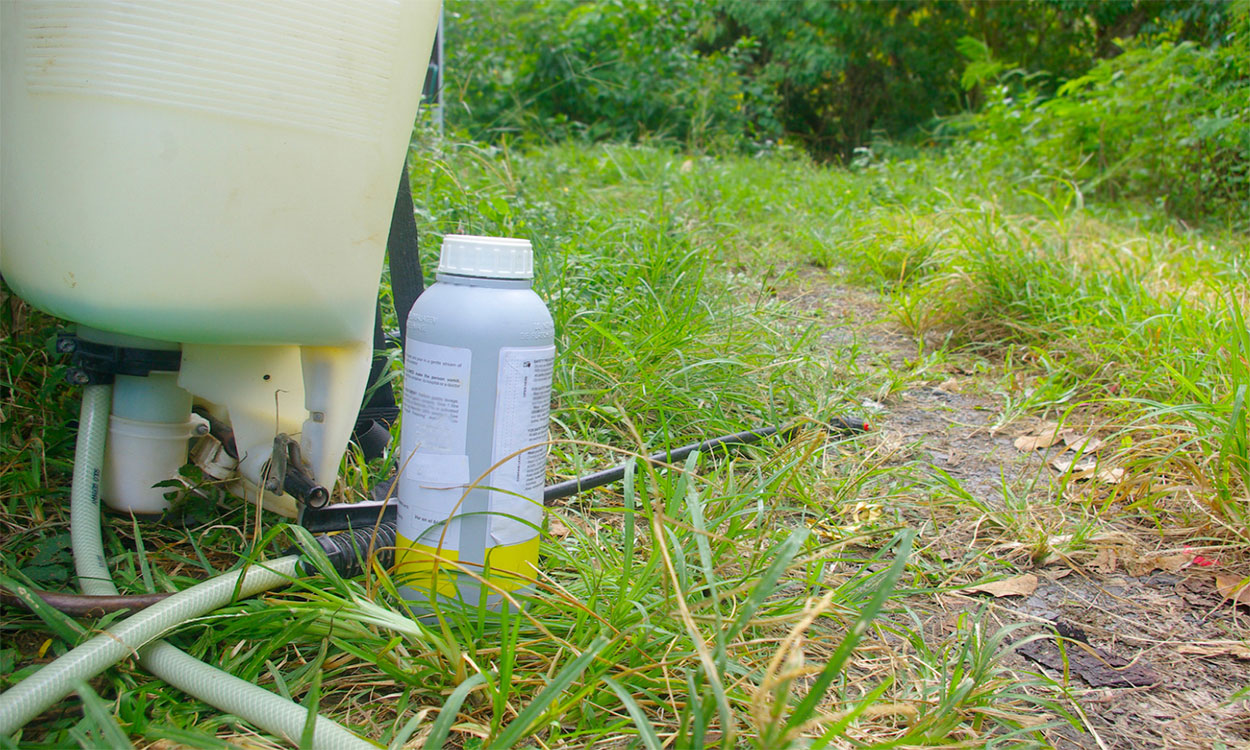
Read the Label
Last year, Bayer announced they would be phasing out glyphosate from the homeowner market, but they would be keeping the Roundup name for future marketing. Learn some important label considerations when purchasing Roundup-branded products.